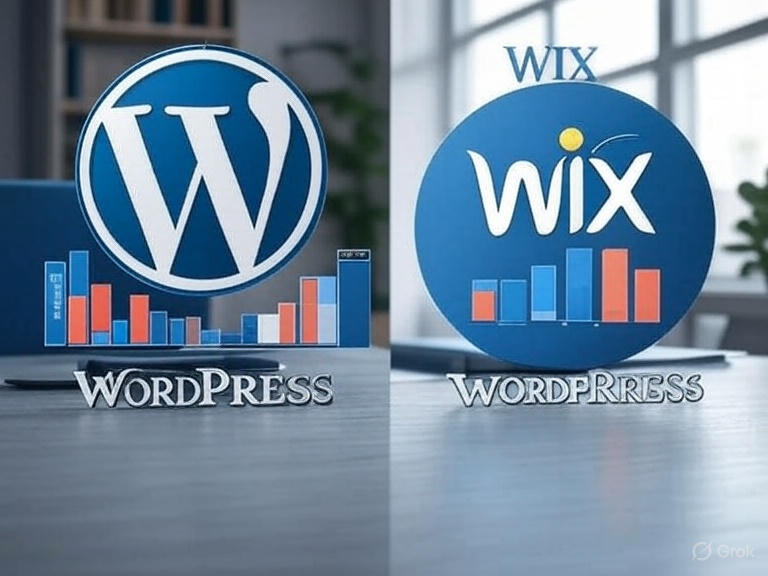
Learning how to improve English speaking skills doesn’t have to take years. If you’re tired of understanding English perfectly but freezing up when it’s time to talk, you’re not alone.
This guide is for English learners who want to speak English fluently without spending endless hours on ineffective practice. Whether you’re preparing for job interviews, planning to study abroad, or just want to feel confident in conversations, these proven methods will help you speak English fast.
We’ll explore how to develop fluency with strategic learning methods that focus on the patterns native speakers actually use. You’ll discover practical ways to overcome common speaking barriers like fear and hesitation that hold most learners back. Finally, we’ll cover smart practice techniques that accelerate English learning so you see real progress in weeks, not months.
Ready to transform your English conversation skills? Let’s get started.
Develop Fluency with Strategic Learning Methods
Immersion-Based Learning
Speaking English fluently requires consistent exposure to natural conversations and real-world scenarios. Create an English-only environment at home by switching device languages, watching English content without subtitles, and joining online speaking communities. Practice shadowing native speakers by repeating their words immediately after hearing them. This technique helps improve English speaking skills by training your brain to process and reproduce sounds naturally. Set daily speaking goals, record yourself reading aloud, and engage in English conversation practice through language exchange apps. Focus on speaking English fast during short, timed exercises to build automatic responses and reduce hesitation in real conversations.
Active Vocabulary Building
Building speaking confidence starts with expanding your active vocabulary through strategic word acquisition. Learn 5-10 new words daily, but focus on using them in complete sentences rather than memorizing definitions. Create word association chains and practice using synonyms in different contexts to develop natural speech patterns. Group vocabulary by themes like emotions, workplace situations, or daily activities to accelerate English learning. Use spaced repetition apps that prompt you to speak new words aloud, reinforcing pronunciation improvement alongside vocabulary growth. Practice storytelling with new vocabulary to make words stick in your long-term memory and improve your overall English fluency.
Structured Speaking Drills
Transform your English speaking practice through targeted drills that address specific weaknesses. Practice tongue twisters for 10 minutes daily to improve pronunciation and articulation speed. Record yourself describing photos, then analyze areas for improvement in grammar and fluency. Use the “think-aloud” method where you narrate your daily activities in English, building automatic speech patterns. Create mock conversations for common scenarios like job interviews, ordering food, or asking for directions. These English fluency tips help you prepare responses in advance, reducing speaking anxiety during real interactions and building the muscle memory needed to speak confidently.
Overcome Common Speaking Barriers
Breaking Through Fear and Anxiety
Speaking anxiety stops many learners from practicing English conversation skills. Start by talking to yourself in a mirror daily, then gradually move to voice recordings. Join online speaking groups where everyone’s learning together – you’ll feel less judged. Remember that making mistakes is normal and actually helps accelerate English learning progress.
Fixing Pronunciation Problems
Poor pronunciation creates communication barriers that hurt speaking confidence. Record yourself reading aloud, then compare with native speakers using apps like Forvo or YouTube videos. Focus on problematic sounds specific to your native language. Practice tongue twisters and shadow speaking techniques to train your mouth muscles for English pronunciation improvement.
Building Vocabulary for Real Conversations
Limited vocabulary makes speakers pause and search for words, breaking conversation flow. Create word lists from movies, podcasts, and real-life situations you encounter. Don’t just memorize – use new words in sentences immediately. Practice describing your daily activities using different vocabulary to improve English speaking skills naturally and build automatic word recall.
Developing Natural Speech Rhythm
Robotic speech patterns make conversations feel unnatural and difficult to follow. Listen to native speakers and notice their rhythm, stress patterns, and intonation. Practice reading news articles with emotion and emphasis. Record conversations from TV shows and repeat them with the same energy and flow to develop more natural English fluency tips.
Accelerate Progress with Smart Practice Techniques
Practice with Recording Technology
Record yourself speaking daily and analyze your pronunciation patterns to identify areas for improvement. Modern smartphone apps can track your progress and provide instant feedback on clarity and pace. Set up mock conversations with AI chatbots or language exchange platforms to simulate real-world scenarios. Create speaking challenges by describing random objects for 60 seconds or retelling movie plots to build spontaneous conversation skills. Voice recording practice combined with targeted feedback accelerates English learning significantly faster than traditional methods alone.
Mirror Technique for Confidence Building
Stand in front of a mirror and practice speaking about topics you’re passionate about. This builds speaking confidence while helping you observe your facial expressions and body language. Start with simple daily routines, then progress to complex topics like current events or personal opinions. The visual feedback helps you connect emotional expression with spoken words, making your English conversation skills more natural and engaging.
Speed Reading to Speaking Connection
Read English texts aloud at varying speeds to improve pronunciation improvement and develop natural rhythm patterns. Begin with children’s books for clear articulation, then advance to news articles and novels. This technique bridges the gap between written comprehension and oral fluency, training your mouth muscles while expanding vocabulary simultaneously.
The path to better English speaking isn’t mysterious – it comes down to consistent practice with the right strategies. By focusing on fluency over perfection, tackling your speaking fears head-on, and using targeted practice methods, you can see real improvement in weeks rather than months. Remember that every conversation is a chance to get better, even when you make mistakes.
Start implementing these techniques today rather than waiting for the “perfect moment.” Choose one method that resonates with you most – whether it’s daily speaking practice, joining conversation groups, or recording yourself – and commit to it for the next two weeks. Your future self will thank you for taking action now instead of just thinking about improving your English speaking skills.















